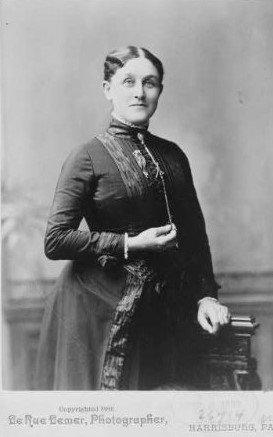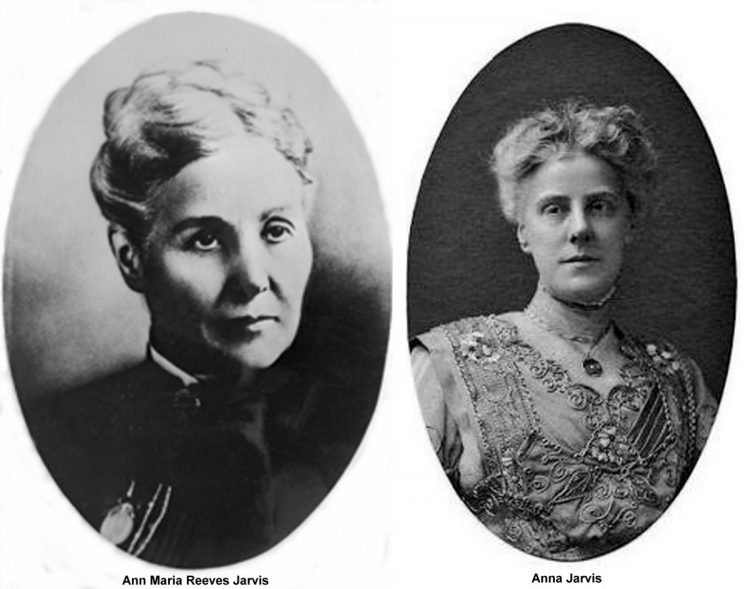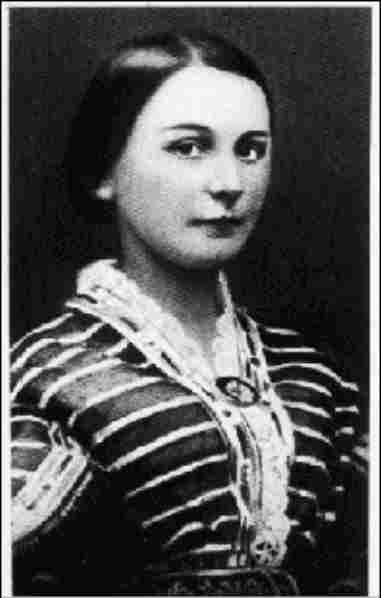Virginia Spy for the Union Rebecca McPherson Wright, a Union spy during the Civil War, was born near Winchester, Virginia in January, 1842. Her family was one of the few in Winchester who supported the Union. Her father, Amos Wright, died in a Confederate prison early in the war. Rebecca was a schoolteacher, and due to her Quaker beliefs, she abhorred slavery. In August 1864, Confederate General Jubal Early’s army occupied Winchester. While trying to discover the troop strength of Early’s army, Federal scouts came across Thomas Laws, an elderly slave, at his home. When Laws told them that he had a permit to pass through the Confederate lines three times a week to sell vegetables, the scouts enlisted his…


